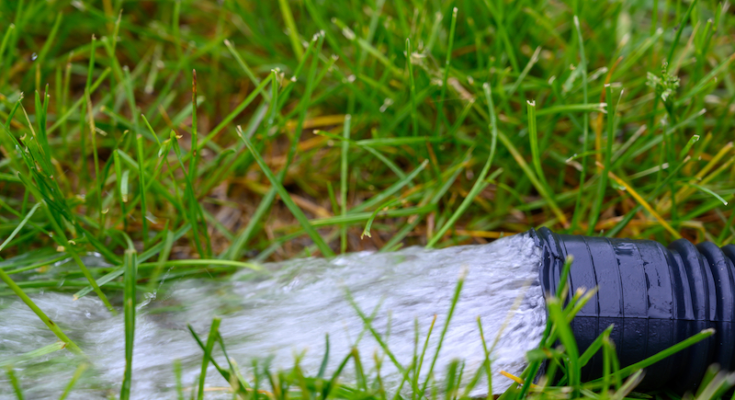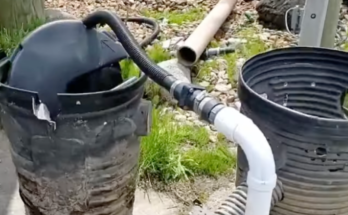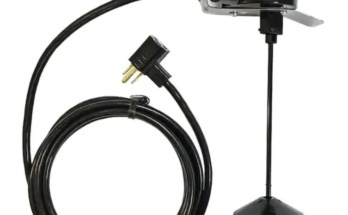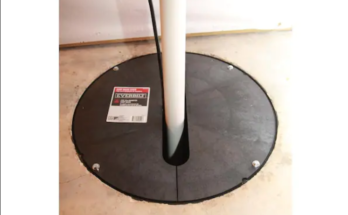A sump pump drain is a concept that most people are unaware of. It’s crucial to understand what a basement is and does if you’re seeking to buy a house with one. This article is all about for homeowners to know where does sump pump water go. For those who are unfamiliar with sump pumps, their function is to remove extra water from your home.
A sump pump is an appliance that removes water from a sump basin that has been created to collect water and is typically located in the basement of a house. Water may enter the sump pump in a few different ways: by flowing into the pump through the authorized perimeter drains in a basement’s waterproofing system; or if the basement is below the water table level, by gravity as a result of groundwater or rainfall.
Sump pumps should discharge far from houses and other trouble spots like paved surfaces and sewers. Among other things, the state you live in and the rules of your homeowner’s association will affect the precise drainage design of your sump pump.
We’ll talk about the suggested discharge location for the water as well as where does sump pump water go in this article. It can be difficult and expensive to deal with property damage. Continue reading to find out how to install your sump pump such that it is secure for your house and property.
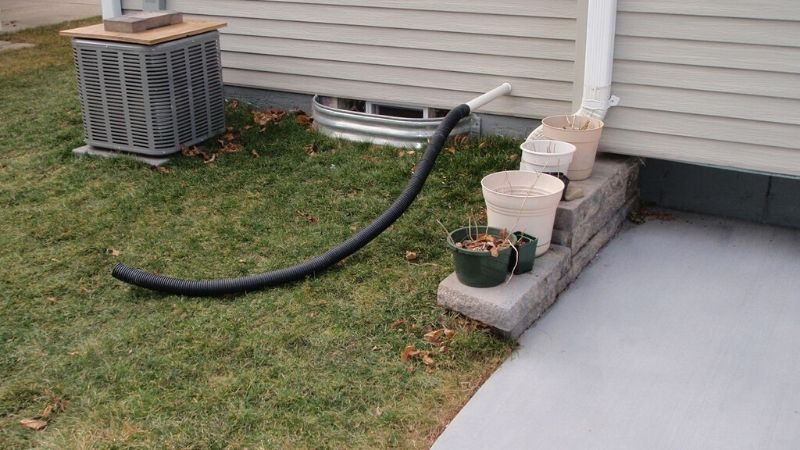
Sump Pump System
A sump pump is a device that monitors rising water pressure and levels to make sure they don’t go too high. To determine the amount of water in the basin, these pumps employ a switch. Where does sump pump water go? Rising water levels that trip the switch cause the pump to start pumping water into a discharge pipe and away from the house’s foundation. Water, batteries, or electricity can all be used to power pumps. Even though backup pumps are frequently included in sump pump systems, they are frequently powered by batteries or water in the event of a power outage. Primary pumps are typically connected in.
More than 60% of American homes have below-ground moisture, according to the American Society of Home Inspectors. However, more homeowners will probably eventually have to deal with a flooded basement. Water doesn’t need to be much to do thousands of dollars’ worth of harm.
Portable Sump Pump
The location of your sump pump is crucial for protecting your home from flood damage. However, selecting the best sump pump also contributes to the security of your home. Erosion and foundation damage could result from selecting the incorrect sump pump, among other problems. Additionally, you might need to replace the sump pump more frequently and earlier than you anticipated. It’s not always best to go bigger when it comes to sump pumps. Unnecessarily huge sump pumps can harm your property more. It is important for homeowners to choose a portable sump pump for your better home comfort and also know where does sump pump water go!
Sump Pump Drain
Ensure that your sump pump is draining in a location that is a safe distance from your property to prevent long-term water damage. More space is preferable when it comes to relocating water away from your home. The discharge point of your sump pump needs to be at least 10 feet (3.05 m) away from the foundation of your house. The distance of 20 feet (6.10 m) is also an excellent choice if you want to be particularly cautious. By extending the distance, you can prevent water damage to your home’s foundation.
Where Does Sump Pump Water Go
Your sump pump’s water should be directed to a specific location, like a dry well, a creek, a pond, or even a nearby drain. A drain point should not be placed where water will return to your house. Keep the dog at least 10 to 20 feet away from the house’s foundation. It is best to verify with your local government as some places have building laws that restrict where your sump pump can discharge. Remember that you might need to add an additional drainage pipe and boost the sump pump’s horsepower to make up the difference. Let us shed some light on where does sump pump water go.
Using Rain Gardens
As we previously discussed, you want the water from your sump pump to go away from your house to prevent property damage. If you want to discharge sump pump water in a method that is more environmentally friendly and sustainable a rain garden is a sustainable technique to divert water away from your home and nourish any plants you may have. It also supports where does sump pump water go.
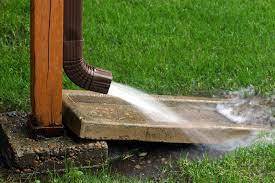
Sewer lines in the City
It is against the law to release groundwater from your sump pump into the sanitary sewage line in most of the US. There is a very excellent reason for this, and it is to avoid overloading sewage and waste treatment plants during rainy seasons by pouring clean water into the channels that transport trash and sewage to them. Although connecting a sump pump to the sewage line may seem like the most practical way to discharge water, doing so increases the risk of city sewers becoming overflowing. As a result, there is a greater chance that water and sewage will leak back through your pipes and contaminate your house.
Storm Drain
Where does sump pump water go? Most homes will drain water from the sump pit in the wall of your foundation into either the yard or the storm drain, unless you or your builder made a mistake when connecting the sump pump. A sump pump typically discharges in a grassy area of the yard that slopes away from the house in contemporary homes. The ideal distance to place this is at least 6 feet away from the house’s wall.
Consult a Professional for Discharge Option
Making these options in consultation with your sump pump installer is the best course of action. They will be able to assist you in locating the ideal location for the discharge spot installation, where to pump sump water should drain and ensure that the water drains away from any potential damage-prone regions. Professionals can provide you guide regarding where does sump pump water go.
Where Should not Sump Pump Water Go
Water from sump pumps shouldn’t spill onto surfaced areas like sidewalks and driveways. When subjected to water for an extended period of time, these surfaces can deteriorate. Pump water should be kept as far away from your paved surfaces as you can since the objective is to prevent property damage.
- Keep away from Septic System: Keep your sump pump drain away from any septic tanks you may have on your property. Additionally, you should refrain from draining your water into the sewage system of your city. It is not only prohibited by some local rules, but it is also regarded as pollution and requires towns to discharge untreated effluent into rivers.
- Be Aware of Neighbor’s Yard: It can seem like a smart idea to let the water leak onto your unpleasant neighbors’ property so that it becomes their concern. However, it’s not a good idea to drain your sump pump onto someone else’s land.
Conclusion
Your sump pump ought to direct water away from your house, paved surfaces, and other places at risk of flooding. If you want a drainage solution that is safer, more efficient, and more aesthetically pleasing, consider creating a rain garden. Hope this blog will help you in where does sump pump water go.
Read More Articles
| Top Interior Painting Trends of 2023 |
| Dark Hardwood Floors in Kitchen 2023 |
| Why POLISHED CONCRETE FLOORS are best for Home and Office |
